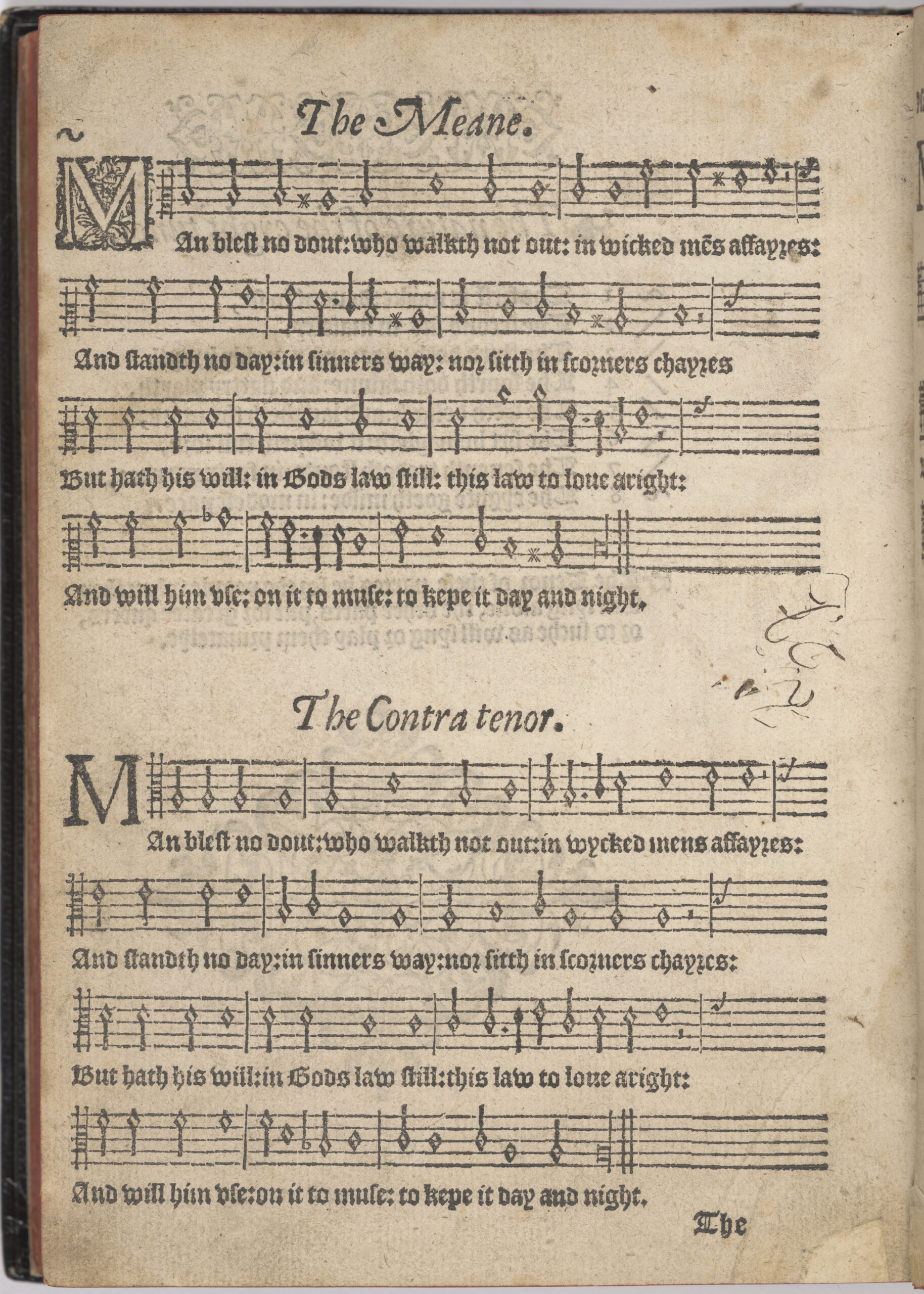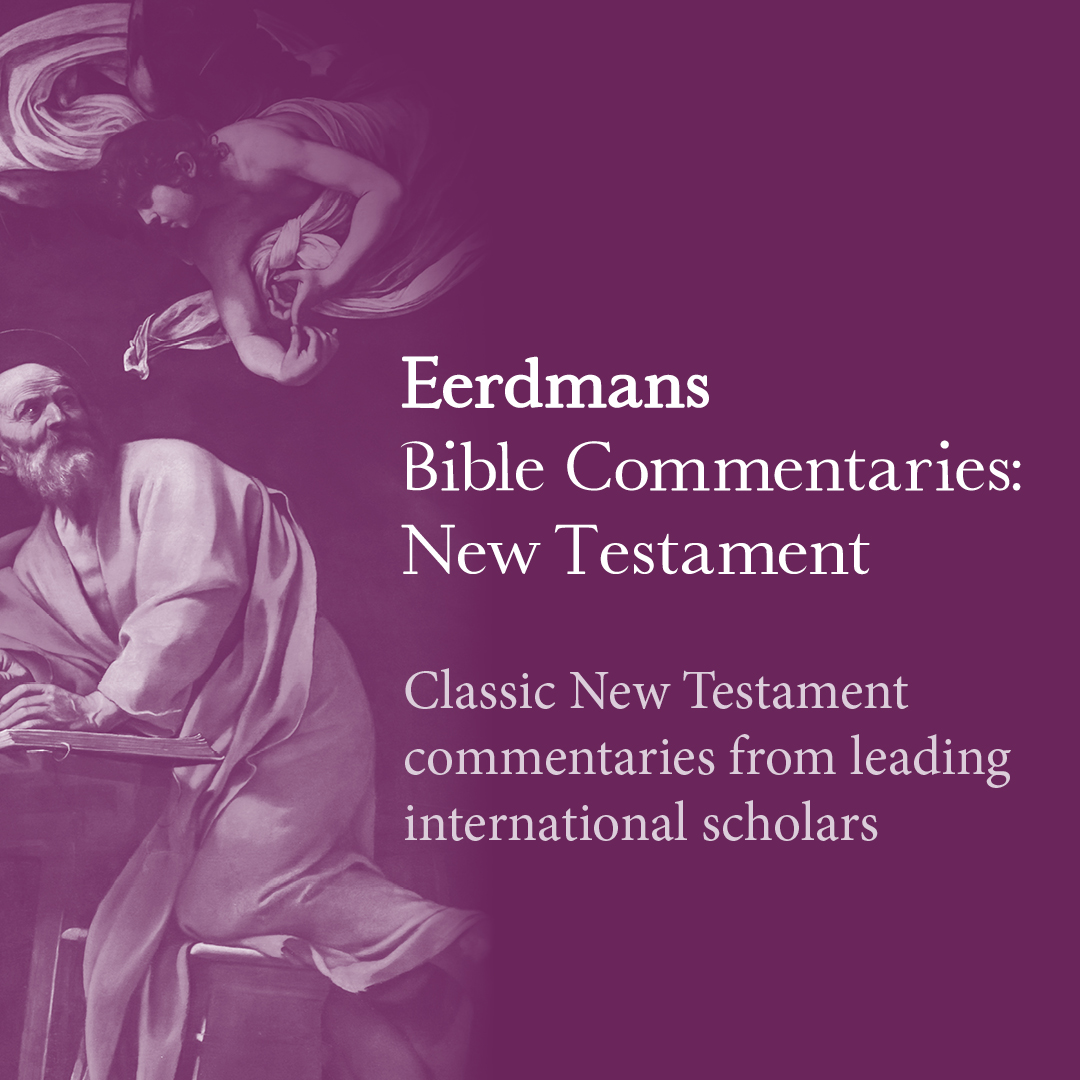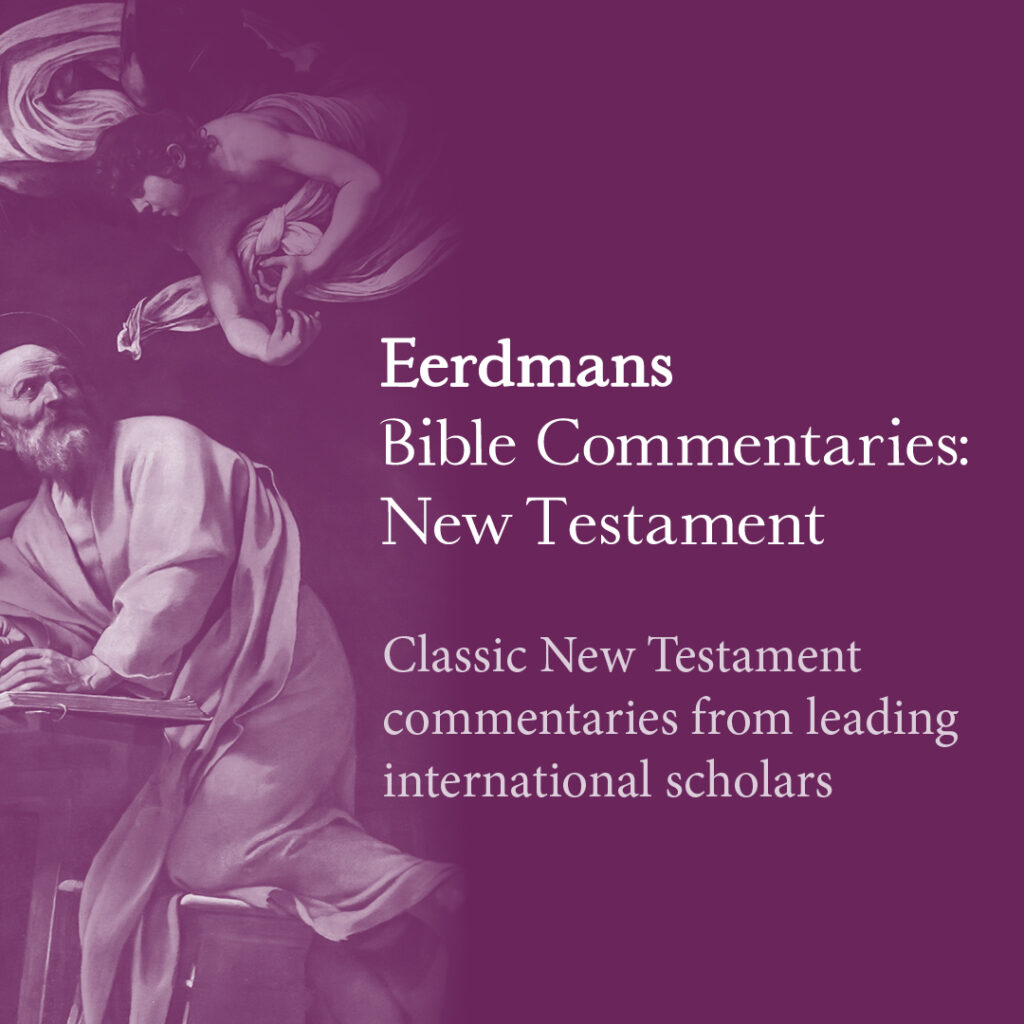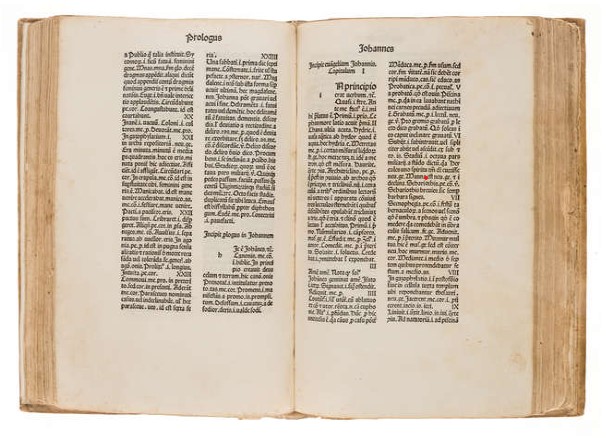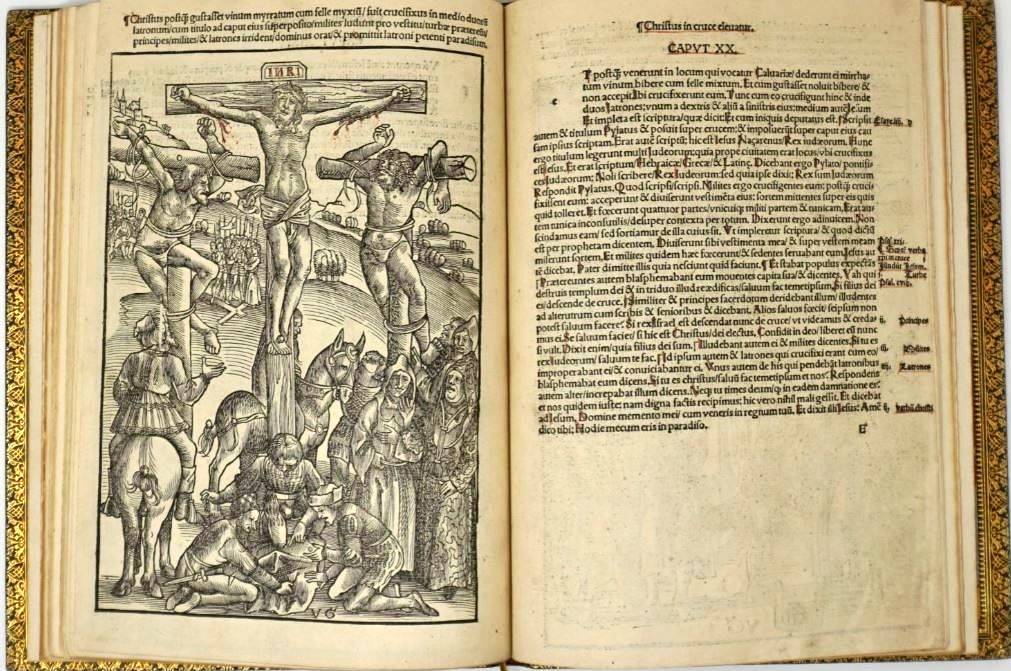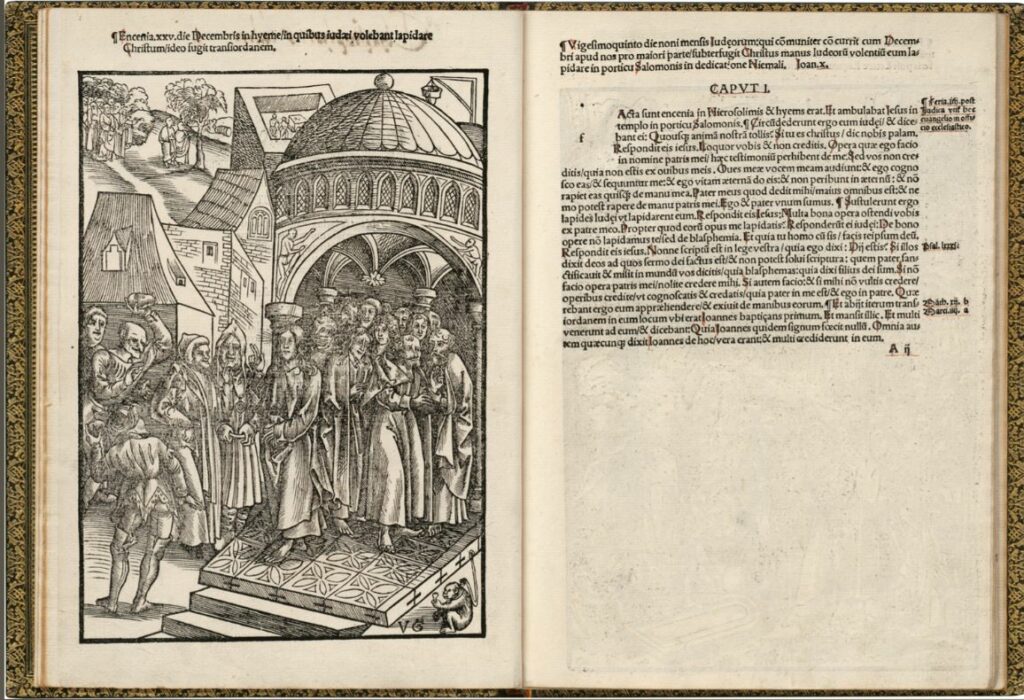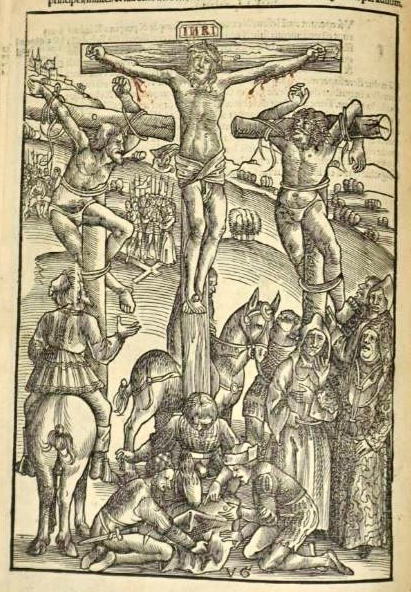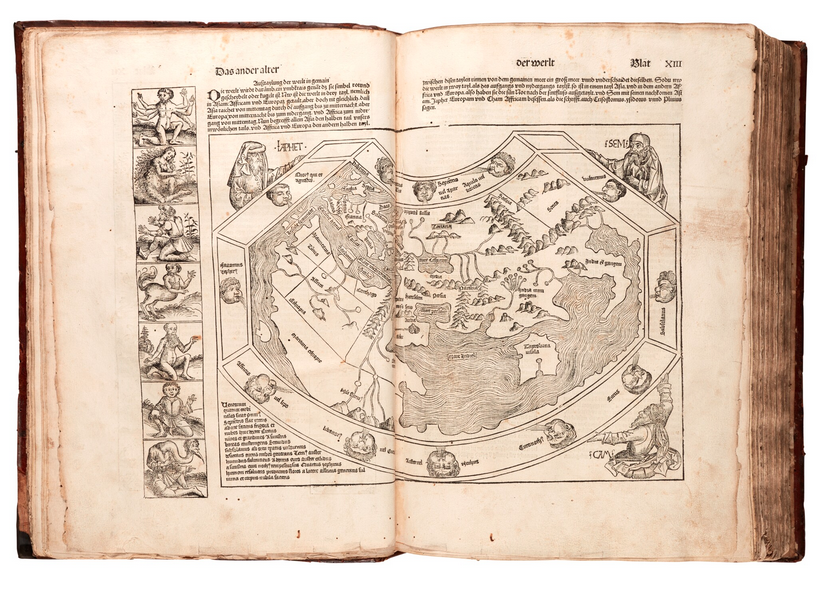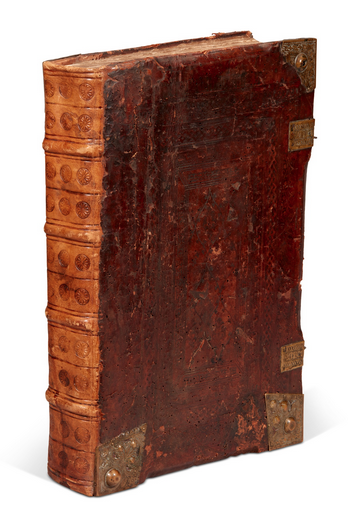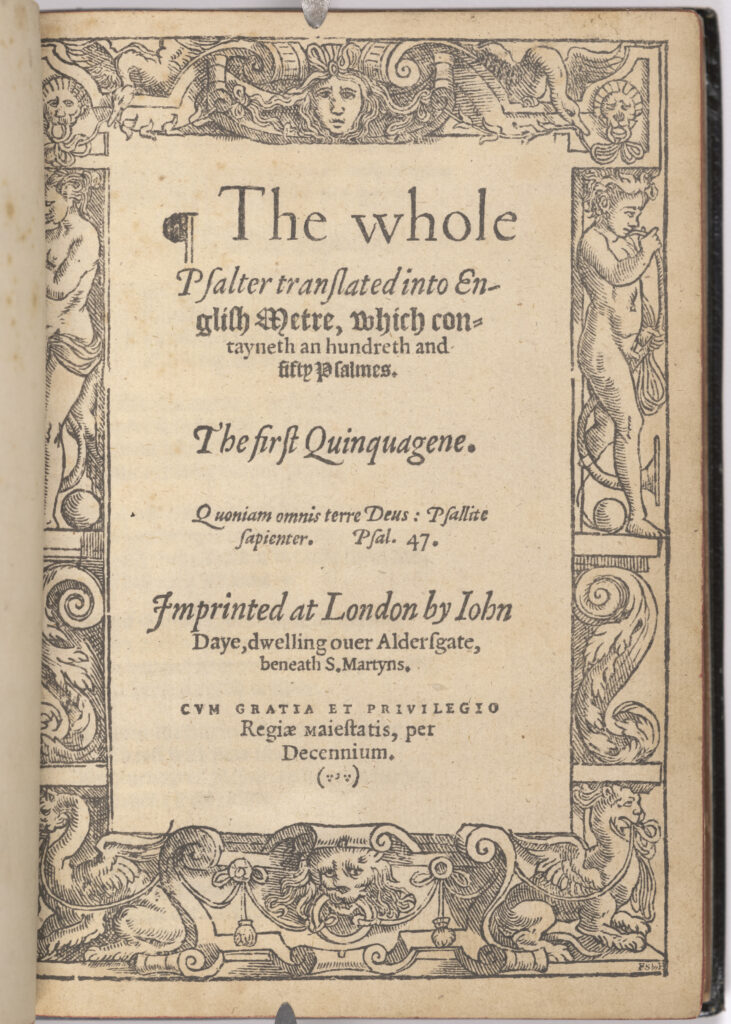
Metrical Psalters, which are books of the Psalms recomposed to fit a vernacular meter, became very popular following the Protestant Reformation and the spread of German, English, and French translations of the Bible throughout Europe. A Psalm adapted to an English meter was easier to read (and to memorize), but most importantly it could be sung in church to a number of different tunes. Among the J. Michael Morgan English Bible & Psalmody Collection recently established at Pitts is a 1567 printing of a metrical Psalter, translated by Matthew Parker, Archbishop of Canterbury (1504-1575). Parker’s name is not found on the book’s title page or elsewhere in the volume, but it is revealed in an acrostic poem that precedes his Psalm 119. The book also contains nine four-part settings by Thomas Tallis (1505-1585), specifically written for this Psalter, that could be used to sing this metered paraphrase of the Psalms. A modern recording of the compositions can found here.
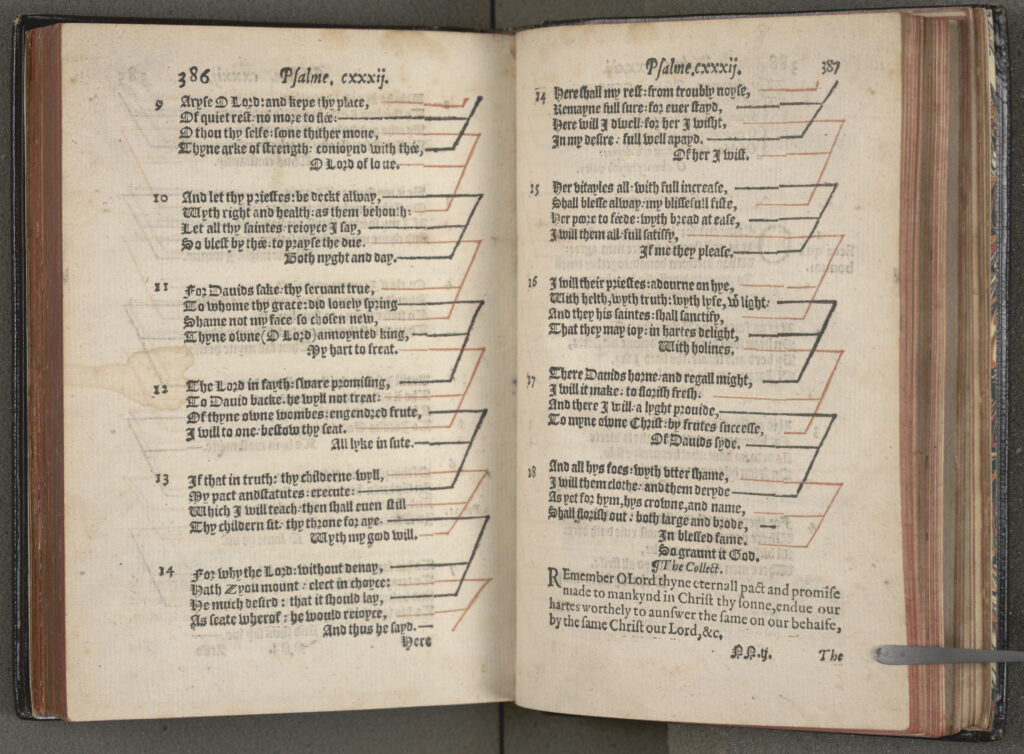
While the work itself is significant, this particular copy is especially remarkable for its provenance. An inscription in a 17th-century hand states, “There was written in this book ere the leafe was by accident torn out. This is Ben Johnsons booke, price worth gould.” Assuming that the inscriber was telling the truth, this would substantiate the claim that this Psalter belonged to the English poet Ben Jonson (1573-1637).
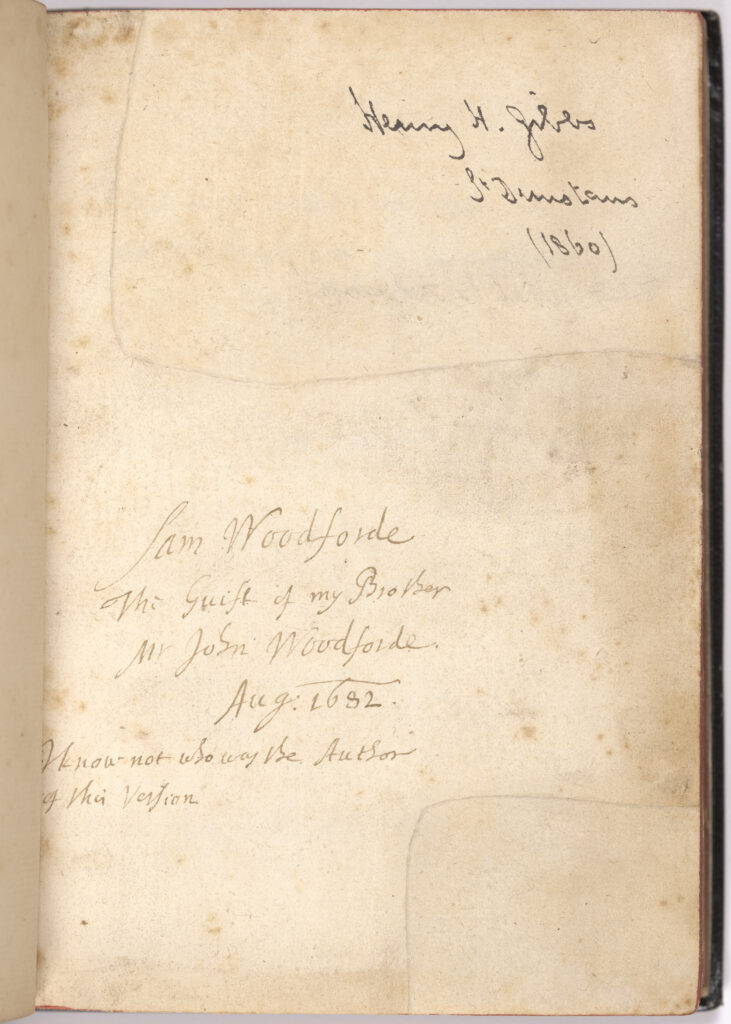
A more verifiable inscription is by Samuel Woodford (1636-1700), who published his own paraphrase of the Psalms, reading, “Sam Woodforde, this gift of my brother Mr. John Woodford, Aug 1682.” He also notes on the second flyleaf that he does not know who the author of this version of the Psalms is and speculates that it may have been Thomas Wyatt or John Davys (Davies). A third inscription is a signature, “Henry H. Gibbs, St. Dunstans (1860),” which can be verified as Henry Hucks Gibbs, 1st Baron Aldenham (1819-1907), an English politician and a director of the Bank of England. It was most likely Gibbs who had the book rebound by the 19th-century English bookbinder Robert Riviere (1808-1882) in black morocco leather with gilt edges and marbled endpapers.
Are you interested in seeing this and other rare books in the Pitts Special Collections? You can make an appointment any time the reading room is open. You can also learn more about the Morgan Collection online or watch videos from our inaugural Morgan Forum, held in the Fall of 2023.
By Armin Siedlecki, Head of Cataloging and Rare Book Cataloger

